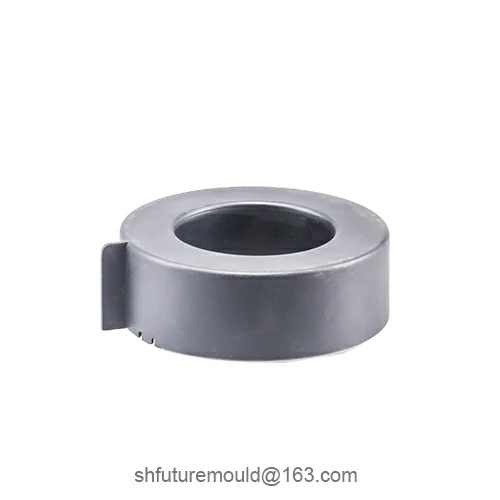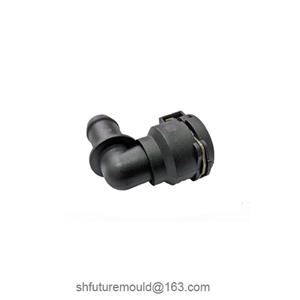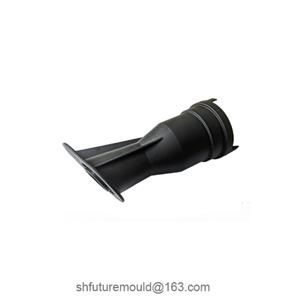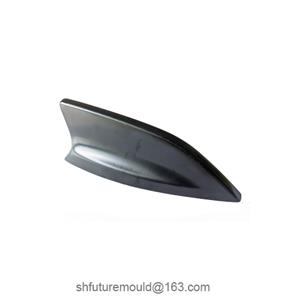What are the functions of spray painting on injection-molded parts?
Spray painting on injection-molded parts not only enriches the product's appearance but also endows the components with various functions and enhances their performance.
1. Decoration and Beautification
Customization of Color and Gloss
By blending different colors and gloss levels (matte, semi-gloss, high-gloss), the paint meets brand visual identity and user aesthetic preferences, elevating the product's perceived quality.
Special Texture and Effect Treatments
Achieve decorative effects such as brushed metal, sand texture, rubberized coating, gradient, and pearlescent finishes, making plastic parts resemble materials like metal, leather, or other textures.
2. Concealment and Defect Modification
Masking Mold Parting Lines and Gate Marks
For parting lines or minor weld lines, proper spray painting significantly reduces visibility, enhancing surface uniformity.
Correction of Color Variation and Micro-Defects
Spray paint can cover slight color mismatches, micro-bubbles, or scratches caused by plastic coloring inconsistencies or molding temperature fluctuations.
3. Weather Resistance and Protection
UV Resistance
Adding UV absorbers or applying specialized UV coatings prevents plastic discoloration and brittleness caused by sunlight exposure.
Anti-oxidation and Corrosion Resistance
The paint layer acts as a barrier against air, moisture, or chemical agents, protecting the substrate. This is crucial for injection-molded parts used outdoors or in chemical environments.
4. Wear and Scratch Resistance
Increased Surface Hardness
Functional paints (e.g., scratch-resistant coatings) enhance surface hardness, making plastic parts durable against friction and impact while minimizing marking.
Reduced Friction Coefficient
Lubricating coatings lower surface friction, ideal for moving parts or sliding interfaces.
5. Functional Coatings
Conductive/Anti-Static
Conductive or anti-static coatings are applied to electronic housings requiring static dissipation or shielding, ensuring safety and electromagnetic compatibility (EMC).
Thermal Insulation/Reflection
Special reflective coatings are used for lighting fixtures, automotive components, etc., to control heat or reflect infrared/visible light spectra.
- Injection Mold
- Automotive Injection Mold
- Electronics & Electrical Injection Mold
- Consumer Goods Injection Mold
- Airplane Components Injection Mold
- Medical Components Injection Mold
- Irrigation Components Injection Mold
- Injection Molds




